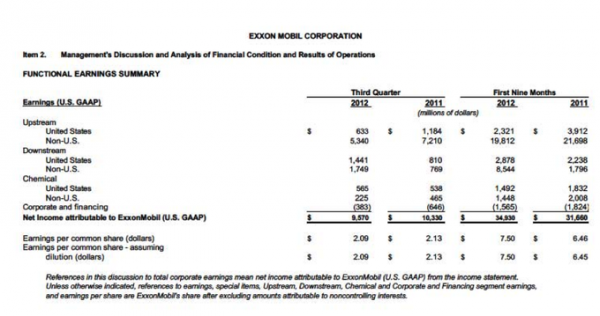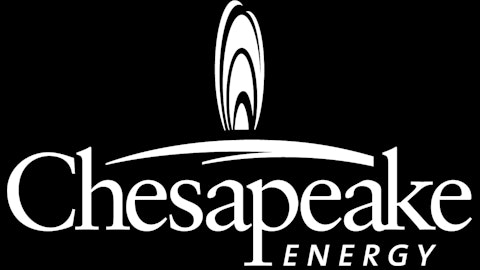While the overall market has been trading higher recently, there have been pullbacks among several major oil companies that may be interesting entry points for a longer-term investment. While the fundamentals of the oil business have improved over the past calendar year, the prices of the largest oil companies have not followed suit. Oil giants, such as BP plc (ADR) (NYSE:BP), ConocoPhillips (NYSE:COP), Chevron Corporation (NYSE:CVX), TOTAL S.A. (ADR) (NYSE:TOT) and Exxon Mobil Corporation (NYSE:XOM) have in aggregate suffered a fair amount of margin compression. Due to the improving fundamentals of these companies it may be a good time to put money to work in some of the names. The table below compares each of these companies across several metrics.
Table 1: Metrics for Several Large Oil Companies

While BP and TOT are clearly the cheapest of the bunch they are so for a reason. The former still has considerable liabilities from the 2010 Deepwater Horizon oil spill, which will likely hold back earnings growth and cause uneven performance.
Total, on the other hand, has large exposure to Europe and has underperformed in terms of earnings growth over the past 19 years (Figure 1). The company could be an interesting play on an improving European economy, but unless there is a major turn it seems that the lower valuation is correctly discounting less vibrant prospects for growth.
Figure 1: Comparative Earnings Growth for the Major Oil Companies

ConocoPhillips is very cheap and very shareholder-friendly, however, it may be difficult for them to maintain the present share repurchase program and pay their hefty dividend. The cash balance of the company has declined over the prior year period (Figure 2), which has prompted asset sales and a spinoff of their refining business, leading to less diversification in general. While betting against Conoco would be a bad idea, they are not my favorite pick in this space due to a lack of diversification.
Figure 2: Conoco-Phillips Company Cash Flow Statement

As can be seen from earnings growth in the first figure, Chevron and Exxon have significantly outperformed. Both are diversified among downstream and upstream oil production, making the wager safer as a more diversified revenue stream should prove to be less volatile.
Both names are very sound investments at the present time, but in order to ascertain which should prove to be a superior investment I turned to the most recent quarterly reports. For Exxon: 63% of revenues come from upstream oil and natural gas production, while 33% come from downstream refining operations and the rest result from chemical production (with a small net cost for their financial division). Exxon averaged 2,116,000 barrels of oil-equivalent production per day and 12.25 billion cubic feet per day of natural gas production.
Figure 3: ExxonMobil Revenue by Segment

Chevron, on the other hand, receives little earnings from chemical production while its upstream production outweighs downstream earnings by a factor of 5.2:1. Thus Chevron has more exposure to refining as a percentage of earnings and has recently outperformed in part due to this overweight exposure. Chevron’s net oil-equivalent production was 637,000 barrels per day, while its net liquids component was 3.78 billion cubic feet per day. In other words, both Exxon and Chevron are nearly equivalent in terms of natural gas exposure.
Figure 4: Chevron Corporation Earnings by Segment

Thus the major differences between the two firms are:
1). Chevron’s earnings have a higher refining component and refining has done very well recently. However, the market has probably priced this in already.
2). Chevron has outpaced Exxon over the prior 10-year period in earnings growth, although their earnings have been more volatile. Again, this appears to be priced in. Exxon overpaid for natural gas assets in the past, which hurt performance. However, at this juncture it is difficult to envision further difficulties as a result.
3). Chevron pays a higher dividend (3.3% vs. 2.5% for Exxon).
4). However, Exxon .





